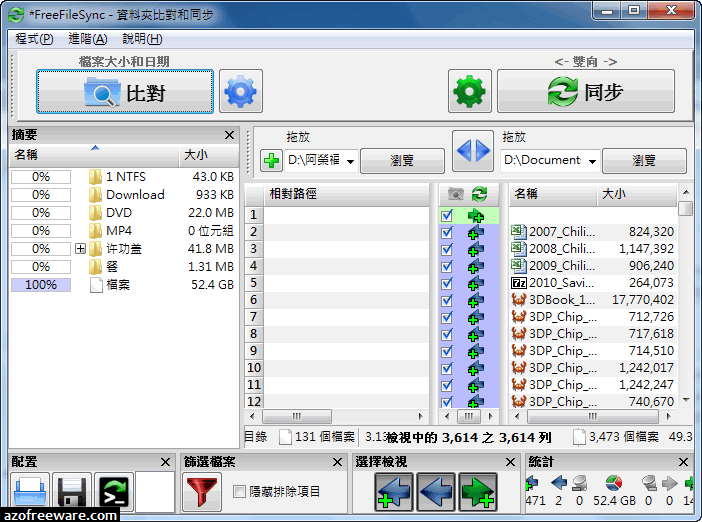

File syncing is a feature usually included with backup software, in order to make it easier to manage and recover data as and when required. These days file syncing solutions are usually delivered through cloud-services, making it easier to sync, save, and secure your data. While there are general solutions for online storage, syncing has the advantage of updating as your files in real-time, so you always have a current and up-to-date copy of what you need. For instance, it does not have the 'parallel file copy' option.' I assume one can do this manually anyways.

Neutral: The free version of course comes with limitations. I also like it that the software is open-source. However, do note that standalone cloud storage services can be more variable, as while they will sync data from a main folder, they may not also sync to an additional source, such as a USB drive, which can be important for a 3-2-1 Backup (opens in new tab) strategy plan. FreeFileSync does what it claims to do and so far I have been able to sync my documents without any problem. In general, dedicated file syncing solutions also come with additional tools not just for managing your saved data but also for managing user access and permissions, to allow for file sharing and collaboration (opens in new tab) with stored files. This is especially important due to many office environments now allowing documents to be used collaboratively, but for security purposes correct user permissions need to be in place.

It’s hard to beat Google Drive as a basic backup, syncing and sharing solution if you are a small business or a personal user. Google Drive offers Backup and Sync for individual users, and it simply does what it says on the tin. FreeFileSync is a folder comparison and synchronization tool. Copy files from your computer, smartphone, or memory cards to the cloud.


 0 kommentar(er)
0 kommentar(er)
